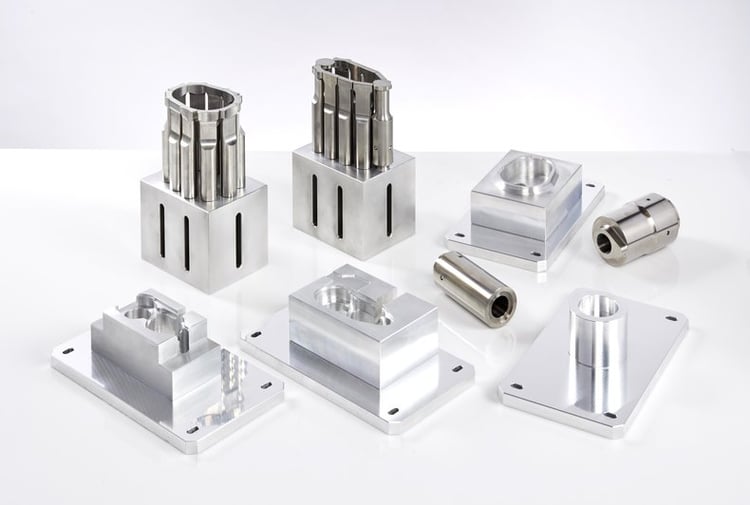
Ultrasonic welding is a highly efficient technique for joining plastic components, but achieving perfect joints requires careful attention to design guidelines. In this article, we will explore the essential principles and considerations that will help you master ultrasonic welding and create flawless plastic joints.
Material Selection: Choosing compatible thermoplastic materials is crucial for successful ultrasonic welding. Consider factors such as melting temperature, molecular weight, and filler content. Ensure the materials have similar viscosities to facilitate optimal bonding during the welding process.
Joint Design: Optimizing the joint design plays a significant role in the success of ultrasonic welding. Pay attention to joint geometry, surface finish, and part thickness. Select appropriate joint configurations, such as butt joints, lap joints, or T-joints, based on the specific application requirements.
Horn and Tooling Design: Selecting the right ultrasonic horn and tooling is essential. Consider factors such as horn amplitude, profile, and material to ensure efficient energy transfer and uniform distribution. Tailor the horn and tooling design based on the component's size, shape, and material properties.
Assembly Preparation: Thoroughly prepare the components before assembly to ensure clean and contamination-free surfaces. Remove any dirt, grease, or moisture that could hinder the welding process. Accurately position the parts within the fixture or jig to ensure consistent and precise alignment during welding.
Process Parameters: Optimize the ultrasonic welding process parameters to achieve strong and reliable welds. Factors such as amplitude, time, pressure, and energy need careful consideration. These parameters depend on material type, part geometry, and joint design. Conduct feasibility studies and process validation to determine the optimal parameter settings.
Conclusion: By following these design guidelines, you can enhance your understanding of ultrasonic welding and achieve perfect joints in plastic components. Carefully select compatible materials, optimize joint design, design appropriate horn and tooling, prepare components meticulously, and fine-tune process parameters for optimal results. Mastering these guidelines will enable you to produce high-quality, durable, and aesthetically pleasing welds in your plastic assemblies, meeting the requirements of industries such as aerospace, automotive, and more.





